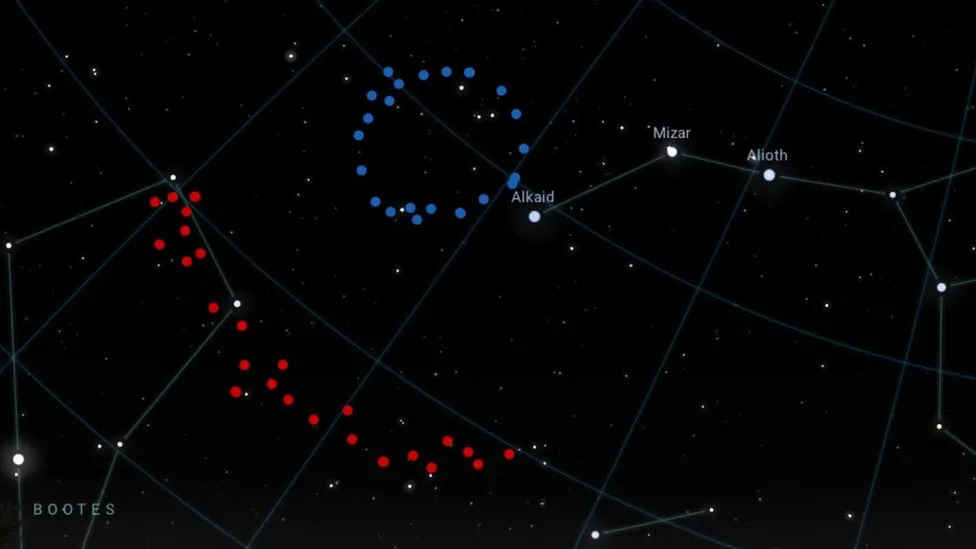
Scientists at the University of Central Lancashire have discovered an immense, ring-shaped cosmic structure named the ‘Big Ring’.
It measures 1.3 billion light-years in diameter, appearing about 15 times larger than the Moon when viewed from Earth. Although invisible to the naked eye, the structure consists of galaxies and galaxy clusters. The discovery challenges existing cosmological understanding, as it seemingly violates the cosmological principle, which posits that matter should be evenly distributed across the universe.
The Big Ring contradicts the idea that the universe is smooth on large scales, marking it as the seventh such structure to challenge this principle. Its discovery, along with others like the Giant Arc, the Sloan Great Wall, and the Hercules-Corona Borealis Great Wall, suggests there might be unknown factors influencing the universe’s evolution.
Alexia Lopez, a PhD student at the University, made this discovery alongside the Giant Arc, another vast structure, describing the discoveries as ‘surreal’ and ‘serendipitous’.
The Big Ring and Giant Arc are near the constellation of Bootes and may be part of a larger structure. Their immense size and distinctive shapes raise fundamental questions about our understanding of the universe’s formation and evolution.
The Big Ring is not a simple ring but has a coil-like structure, with its face aligned with Earth. Experts believe these findings, presented at the 243rd meeting of the American Astronomical Society, underscore the need for a reevaluation of current cosmological theories.
Imagine how much of the cosmos we’d be exploring right now if our leaders were focussed on anything other than taxing and killing us off.